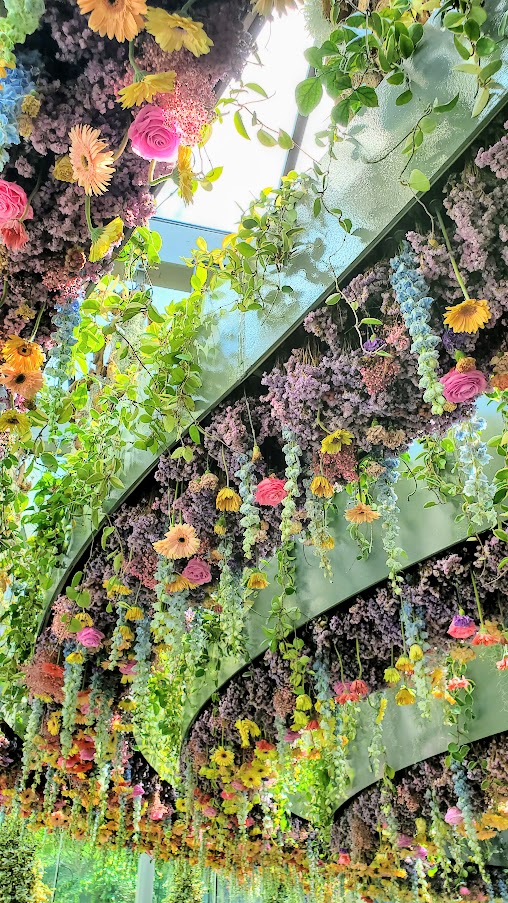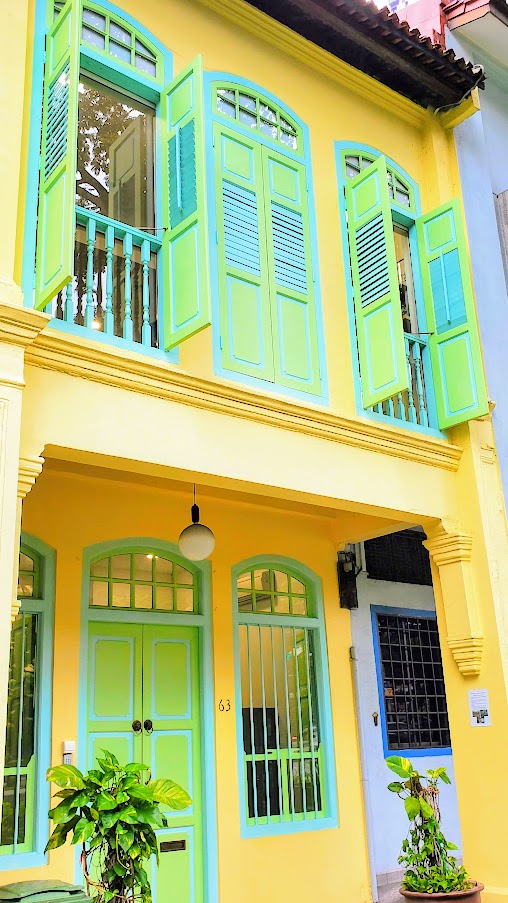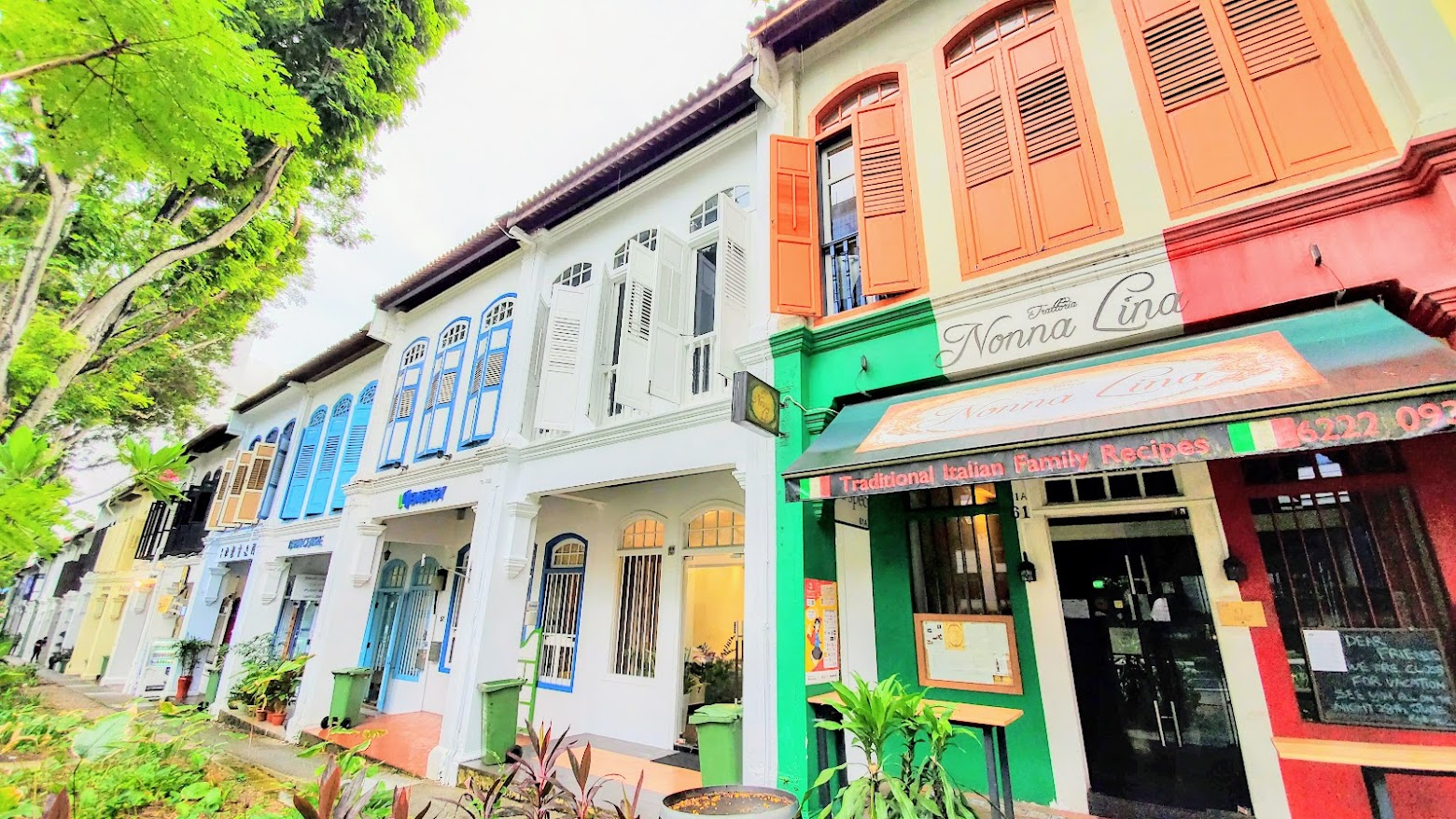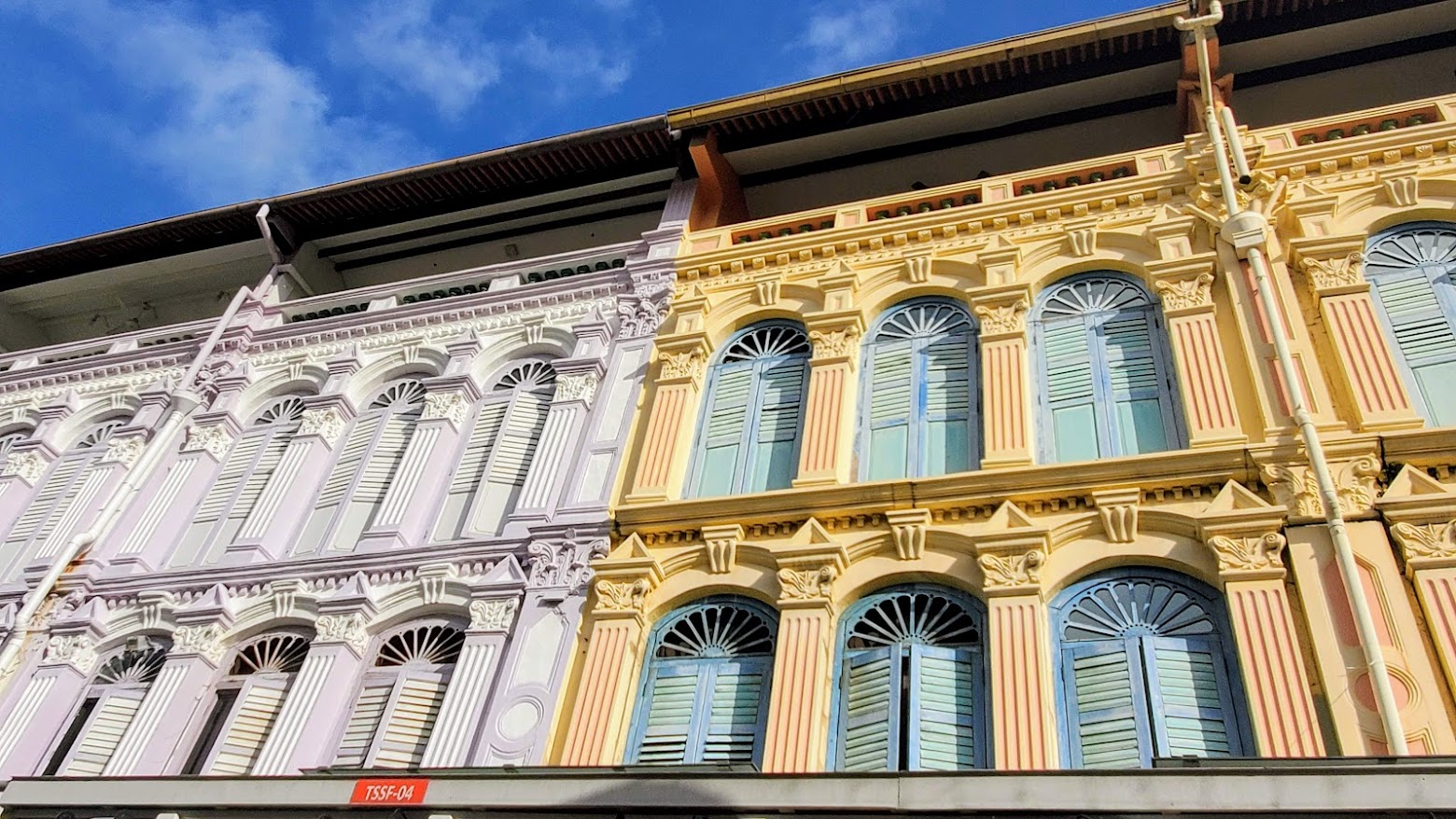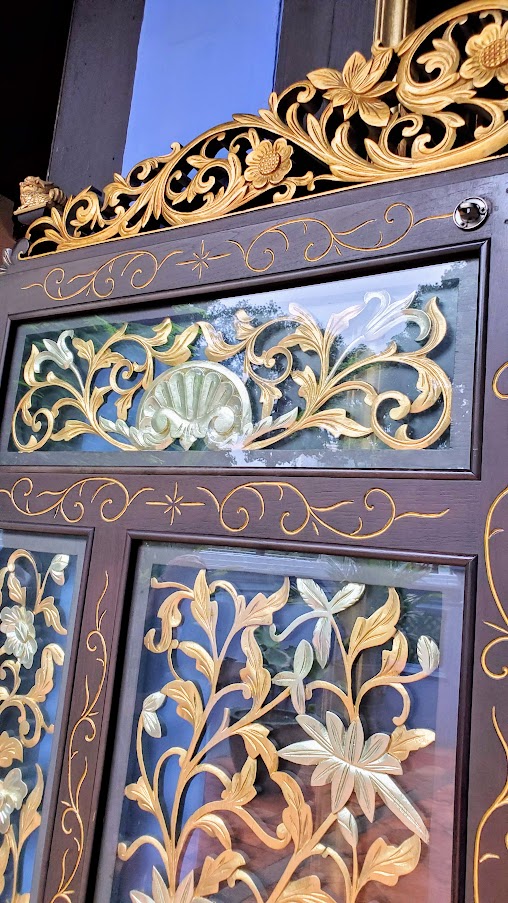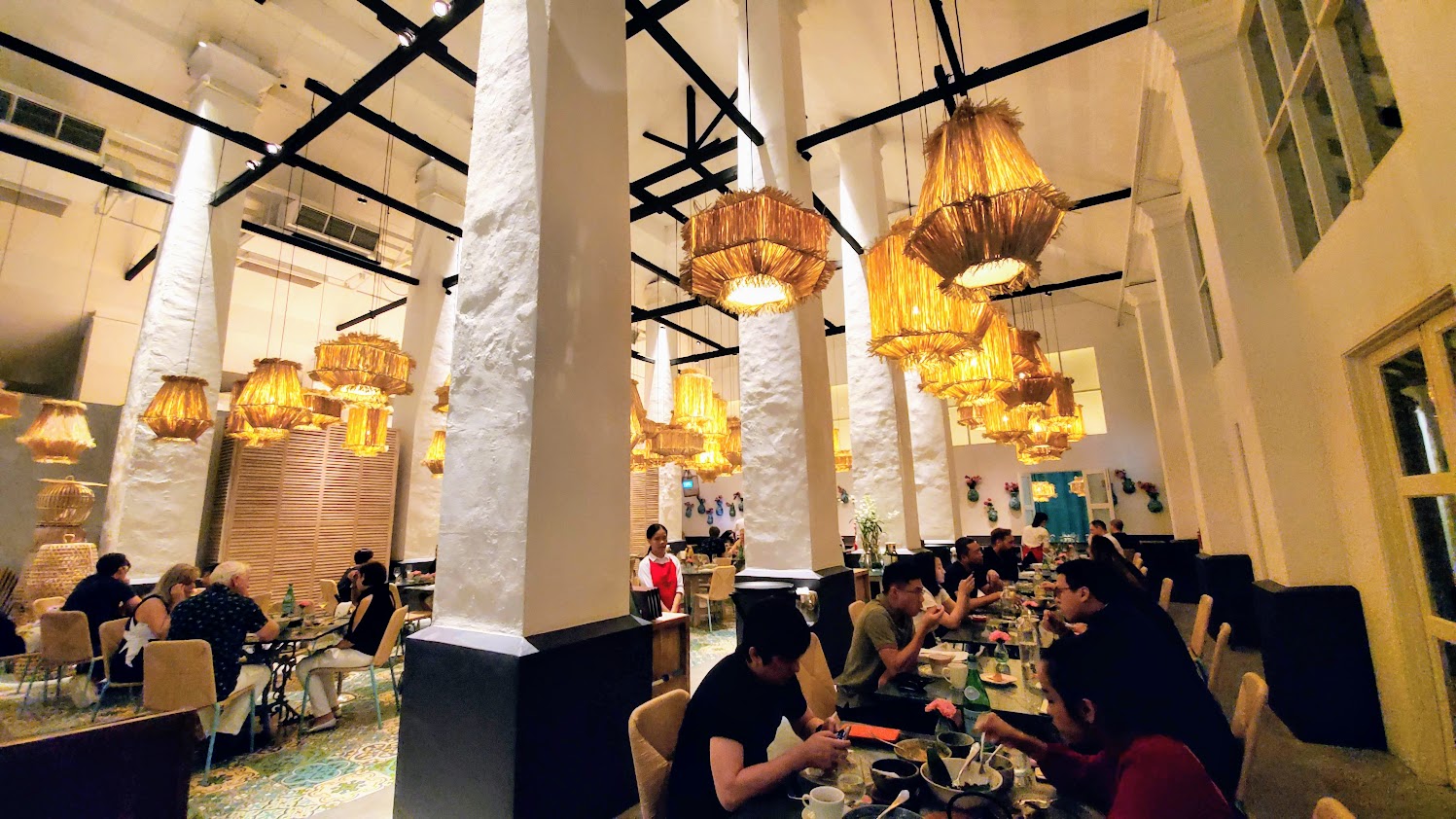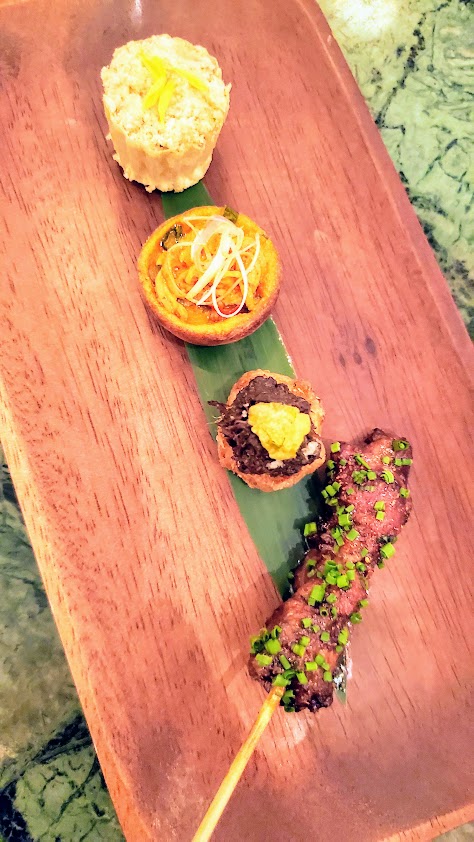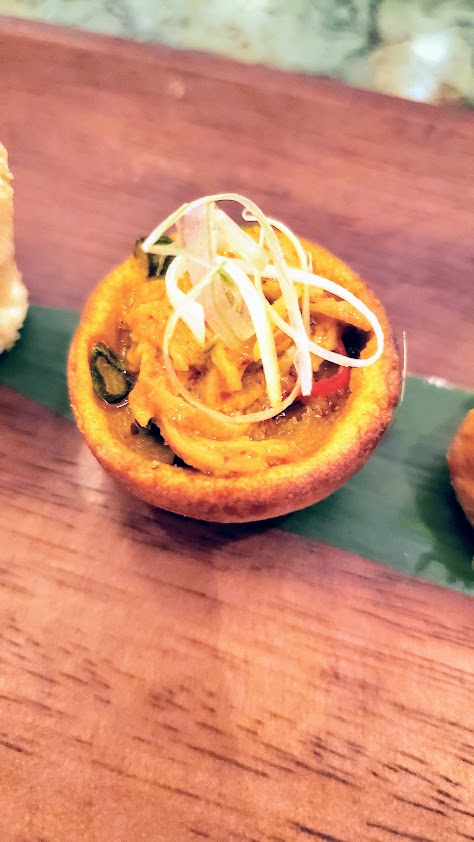So the first question we should start with is visiting Gardens by the Bay and Marina Bay Sands worth it? It totally is. You can’t eat all day – you need to do some things in between, and walking around the Gardens by the Bay or Marina Bay Sands is one way to get some steps in – and natch, with the option of air conditioning in the paid admission areas. Because of how hot and humid Singapore is you should value where you know you can get some ac respite. Sure its touristy – but it’s also uniquely Singapore’s. Hopefully, this guide to visiting Gardens by the Bay will be helpful to you in making your plans with lots of practical information and tips on what to do here.


Gardens by the Bay – also known as #GBTB – is open early/late, from 5 AM – 2 AM for the outdoor gardens, check times individually for each garden attraction in a building. So its a great destination on your first day after you land. It does require some walking so doing it to stretch your legs after your long flight, and being out and busy to adjust to the time difference are other good pros of visiting early in your trip, before you are tired. GBTB and Marina Bay Sands are next to each other practically so might as well see both too and make it a full day! So do plan a visit to these iconic locations in Singapore.
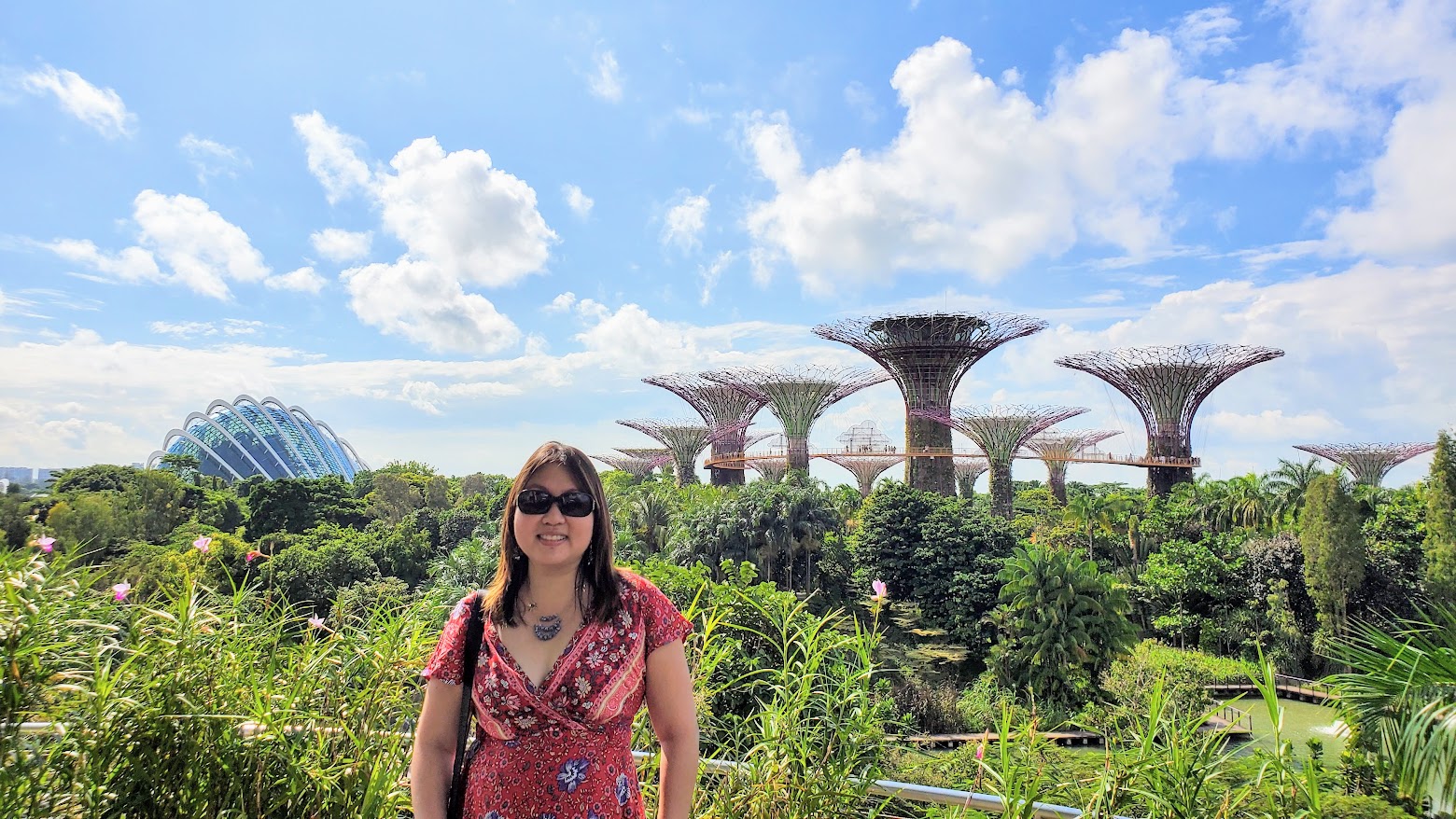
It is easy to get there via the Bayfront MRT stop. Go one way to Marina Bay Sands, the other for GBTB. However, it is still a significant walk from the MRT stop to most of the gardens, especially the famous conservatories of Flower Dome and Cloud Forest. Our way around this is to first visit the Floral Fantasy attraction. This is a new exhibit that is on this side before crossing Dragonfly Lake. It has a ticket center just like the main entrance.
The key here is that you can buy a combined ticket that includes admission to Floral Fantasy, both Domes, and also the shuttle that will take you to the Domes so you don’t have that long trek, and the shuttle stop is right here! The line here is shorter then at other main ticketing gate. A monitor here displays all the ticketed times available for Floral Fantasy.
Buy the combined ticket as it is also a discount:
- Any of the outdoor gardens: Free
- Floral Fantasy Admission (timed hourly ticket): S$20
- Cloud Forest and Flower Dome: S$28
- Shuttle Ticket: S$3 for unlimited rides on that day. Runs at 10-minute intervals between Bayfront Plaza and the two main Domes.
- Combined ticket for Floral Fantasy, Cloud Forest and Flower Dome, and Shuttle as of June 2019: S$46
- OCBC Skyway tickets: S$8, can only be purchased by the Supertree Grove to go up to the Supertree walkway.
Another note! At the airport or at the hotel you may see various tourist maps. Many of these have an ad on them where if you buy admission and show the coupon, you get a “gift”. This gift is only available at the main ticketing by the Domes. I decided not to go to the other ticket area for the gift, which I was told is a souvenir map so I don’t know what it looks like.
When you leave Cloud Forest or Flower Dome, you can get your hand stamped for re-entry. So feel free to go out for food or whatever and be back later that day, or to compare how it looks in daylight versus evening.
Floral Fantasy at Gardens by the Bay
The Floral Fantasy garden exhibit is new to Gardens by the Bay, having just opened in April of 2019. The attraction has a timed entry ticket, with entrance open every hour. It is completely enclosed and climate controlled and is about 1500 square meters. The area includes four landscaped garden areas – each one is small, the size of a backyard. Then at the end, there is a VR ride (optional – you can choose to skip it ) that gives you an overview of Gardens by the Bay.
The entrance area is an extremely photogenic one with its canopy and wall of more then 15,000 flowers.

